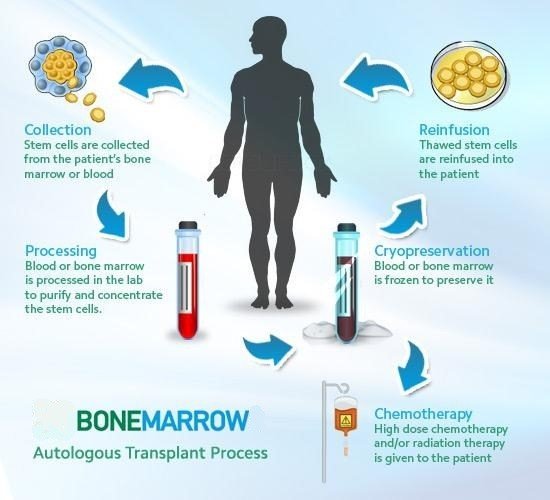Home » Autologous Transplant
Autologous Transplant

In the case of an autologous transplant, the blood-forming cells of the patient are collected, frozen, and stored. Subsequently, these cells are returned to the patient following chemotherapy (chemo) and, if necessary, radiation. The optimal moment for collecting the patient’s cells will be determined by the doctor. Once collected, the cells can be frozen for an extended period, ranging from several months to years, until the patient requires them for their transplant.
How A Patient’s Cell is Collected?
There are two available options for collecting cells for transplantation. Your doctor will determine which option is most suitable for you.
- Peripheral blood stem cell (PBSC) collection: In this method, the cells are collected from your bloodstream through a process called apheresis. Prior to apheresis, you will receive shots over a few days to increase the number of blood-forming cells in your bloodstream. During the apheresis procedure, blood is extracted from your vein using an intravenous (IV) line, passed through a machine, and then returned to your vein. The machine separates the blood-forming cells that will be used for your transplant. This method is commonly used for patients undergoing autologous transplants.
- Bone Marrow Collection: Alternatively, the cells can be collected from your pelvic (hip) bone during a surgical procedure. You will be given anesthesia to ensure you do not experience any pain. A doctor will use a specialized needle to extract the blood-forming cells from your bone marrow.

